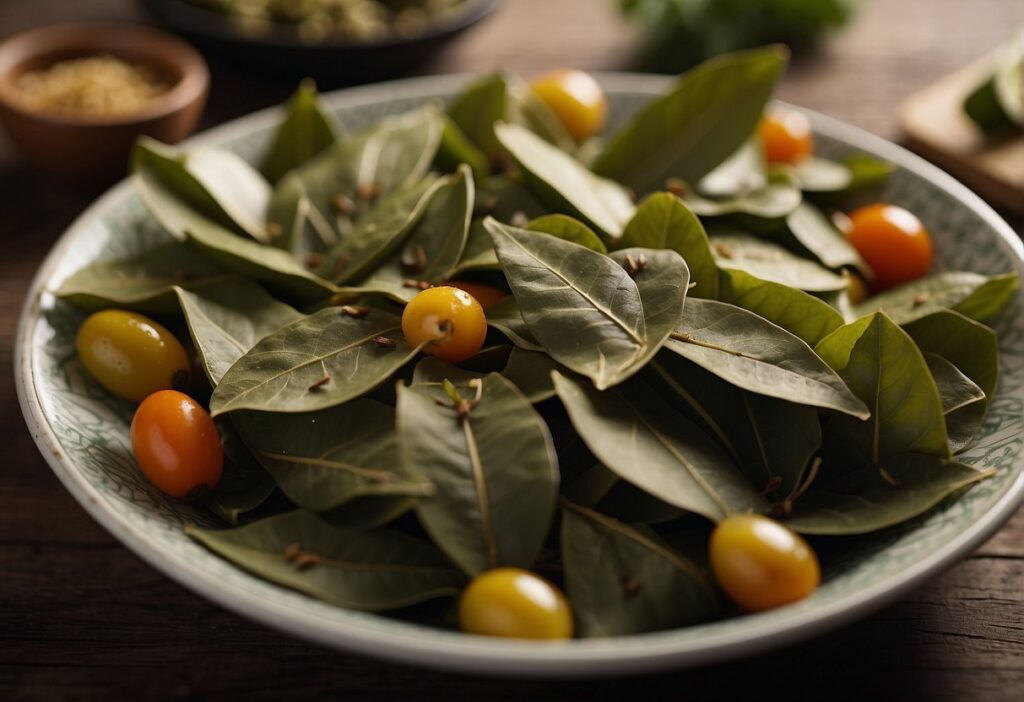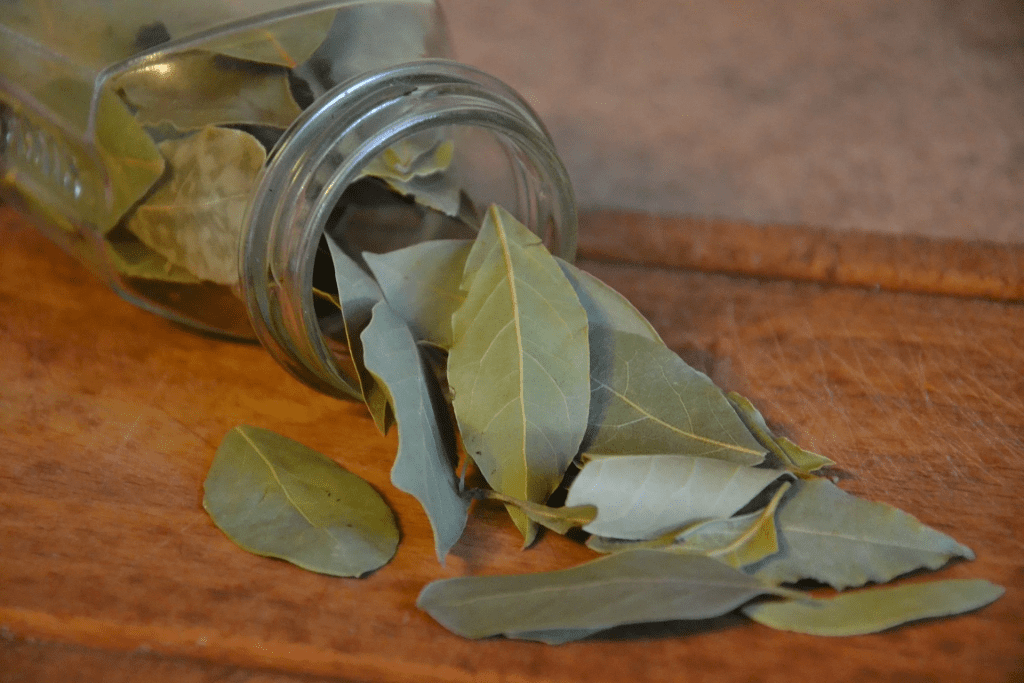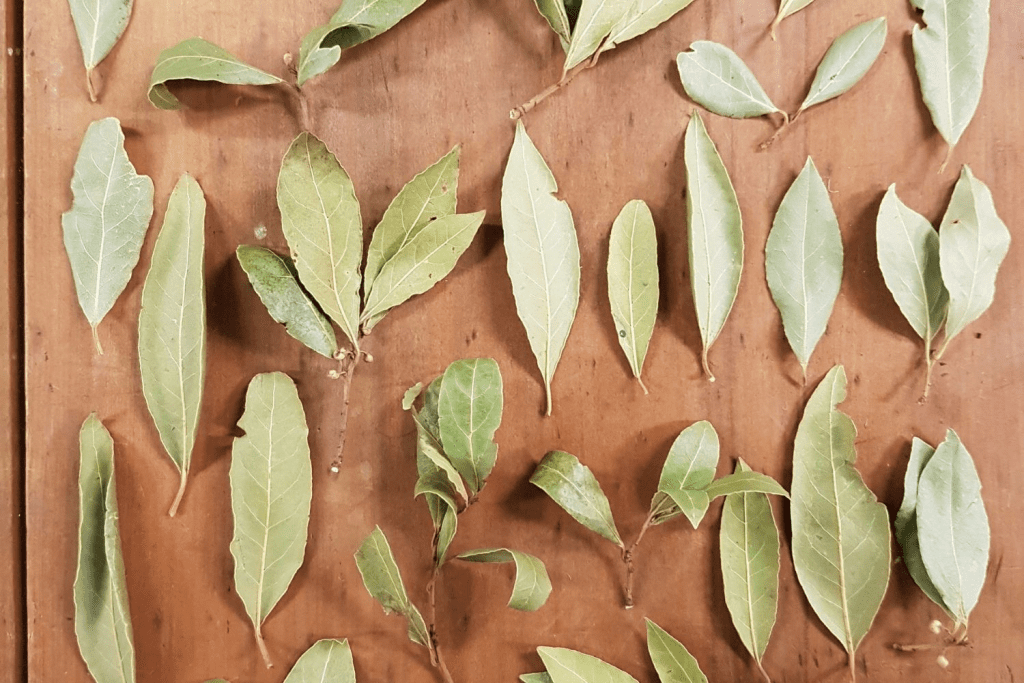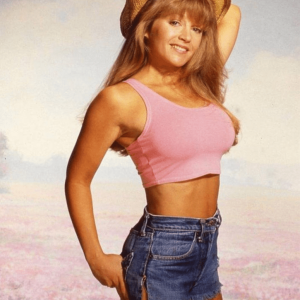If you’ve ever followed a recipe, you’ve likely tossed a bay leaf into a simmering pot of stew, soup, or sauce. But then comes the question: “What does it actually do?” It’s hard to pinpoint its taste or aroma once the dish is ready, often leaving cooks wondering if it’s really worth the trouble. So, is the bay leaf a culinary hero or just a subtle placebo? Let’s dive into its quiet but crucial role in cooking.
A Brief History of Bay Leaves in Culinary Tradition

Bay leaves have been cherished for centuries, not just for cooking but also for their cultural significance. The bay tree, specifically the Laurus nobilis species, was highly valued by the ancient Greeks and Romans, who used its leaves to symbolize victory and honor. Crowns made from bay leaves adorned the heads of champions, philosophers, and dignitaries.
In cooking, bay leaves have been a staple in European, Mediterranean, and Asian cuisines for generations. Known for their ability to develop a unique aroma in slow-cooked dishes, bay leaves have stood the test of time in traditional recipes, proving their subtle power in kitchens worldwide.
The Aromatic Profile of Bay Leaves: More Complex Than You Think
Bay leaves might seem mild, but they actually have a complex aromatic profile. Their delicate blend of pine, menthol, and peppery notes intensifies as they simmer, slowly releasing essential oils that infuse the dish with a light, herbaceous fragrance.
Unlike bold flavors like garlic or chili, bay leaves don’t take center stage. Instead, they work quietly in the background, bringing cohesion to a dish’s flavors. They’re like the “bassline” in a song—often unnoticed individually, but without them, the melody feels incomplete. When used properly, bay leaves add depth and make each bite feel richer and more satisfying.
The Science Behind Bay Leaves: Key Compounds That Make the Magic
What’s in a bay leaf that gives it this unique effect? The answer lies in its essential oils, which contain several compounds that subtly enhance the flavor of dishes:
- Eucalyptol: This compound adds a minty, almost camphor-like coolness, enhancing the freshness in soups and sauces.
- Eugenol: Known for its warm, clove-like quality, eugenol contributes a touch of spice, balancing savory flavors.
- Myrcene: Often found in hops, myrcene lends a balsamic, almost woody undertone, adding depth to the leaf’s aroma.
Individually, these compounds are subtle, but together, they create a harmonious, herby layer that complements a wide range of dishes. Each adds a unique touch that might not be overpowering, but without it, the recipe would feel incomplete.
How Bay Leaves Enhance Flavor Without Being Overpowering
The magic of bay leaves lies in their ability to subtly elevate a dish without stealing the spotlight. Unlike assertive herbs and spices, bay leaves don’t create a distinct taste but rather support and enrich the other ingredients. Imagine them as a foundation—they make everything else stand out.
Bay leaves are most effective in slow-cooked recipes, where prolonged exposure to heat helps their essential oils gradually infuse the liquid. As they simmer, their flavors bloom, adding warmth and depth to broths, stews, and sauces, making the overall dish feel fuller and more balanced.
Popular Dishes and Uses for Bay Leaves

Bay leaves are surprisingly versatile and appear in a variety of dishes across different cuisines. Here’s a look at how they’re used around the world:
- French Cuisine: In France, bay leaves are a core part of bouquet garni—a bundle of herbs that flavors stocks, soups, and sauces.
- Indian Curries and Biryani: Bay leaves add an earthy aroma to Indian dishes, complementing complex spice blends in curries and biryanis.
- American Stews and Gumbos: In Southern cooking, bay leaves are essential for rich, savory stews like gumbo and chili.
- Mexican and Caribbean Dishes: Bay leaves are common in bean dishes, sauces, and soups, where they provide a subtle herby backdrop to bolder spices.
Their subtle versatility makes bay leaves invaluable, showing just how well they adapt to various global flavors and dishes.
Do Bay Leaves Add Nutritional Value?

While bay leaves contain nutrients like vitamins A, C, and folic acid, the amounts released during cooking are minimal. Since bay leaves aren’t typically eaten whole, they don’t significantly impact a dish’s nutritional value. However, their contribution to flavor alone makes them worth including, even if they don’t boost the nutritional profile.
Substitutes for Bay Leaves in a Pinch
If you find yourself out of bay leaves, a few substitutes can mimic their aromatic quality:
- Thyme: With a similar earthy, minty flavor, thyme adds a comparable background note. Use sparingly to avoid overpowering the dish.
- Oregano: This herb is robust, so use it cautiously as a bay leaf substitute, particularly in Mediterranean dishes.
- Basil or Sage: These herbs add a touch of herbiness, though they may create a slightly different flavor profile. Use in moderation to maintain a balanced taste.
While these alternatives won’t exactly match the complexity of bay leaves, they can still round out the flavors in a similar way.
Why Some People Struggle to Taste Bay Leaves’ Influence

Bay leaves can feel mysterious because their flavor is genuinely subtle. Not everyone can easily detect the difference they make. Some might find bay leaves more of a “supporting actor,” adding an almost invisible depth that’s hard to notice unless it’s missing.
For those who doubt their impact, try cooking the same recipe with and without a bay leaf. Many find that the version without it feels “flat” or less balanced, lacking that layered harmony that a bay leaf quietly brings to the table.
Are Bay Leaves Worth the Cost? Debunking the Myth
Some cooks believe bay leaves are a waste, but their true value lies in the subtle depth they add. While not always essential, bay leaves enhance dishes by creating balance among bolder flavors. For their minimal cost, they’re an inexpensive way to elevate meals that benefit from a gentle, herby background note.
For larger, more complex recipes, bay leaves can make a significant difference. Think of them as a small investment in flavor—one that adds sophistication without overwhelming the dish.
Storing Bay Leaves for Maximum Freshness
To keep bay leaves potent, store them in an airtight container, away from light and heat. While fresh bay leaves have a stronger aroma, dried ones last longer and can stay flavorful for years if stored correctly. Replacing them periodically ensures you’re getting the best out of this culinary gem.
Conclusion: The Subtle Power of Bay Leaves in Cooking
Bay leaves may not be flashy, but they play an essential role as the unsung heroes of countless recipes. Their delicate, aromatic blend adds depth, harmony, and balance to dishes, particularly in slow-cooked meals. While they may not make a bold statement on their own, their absence can leave a noticeable gap in flavor.
Next time you’re tempted to skip the bay leaf, remember its quiet but crucial role in creating a well-rounded dish. Embrace the bay leaf for what it is—a small but mighty addition that enhances every recipe it touches. It’s a simple, powerful way to add a hint of magic to your cooking and elevate your dishes to new heights.


